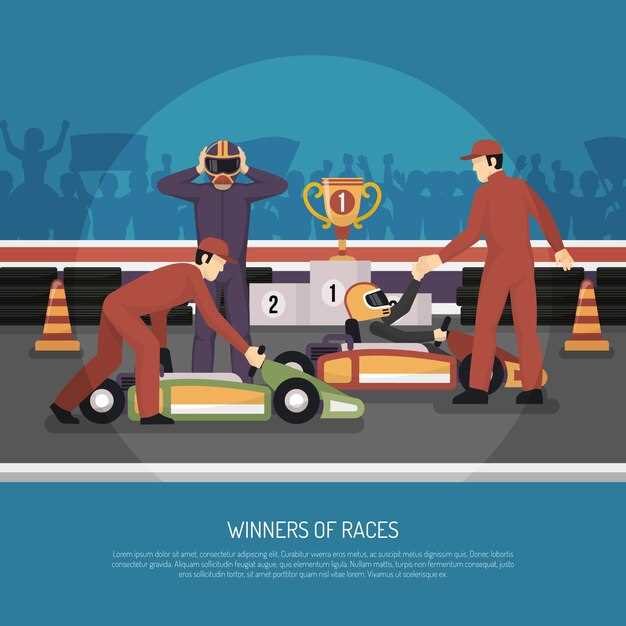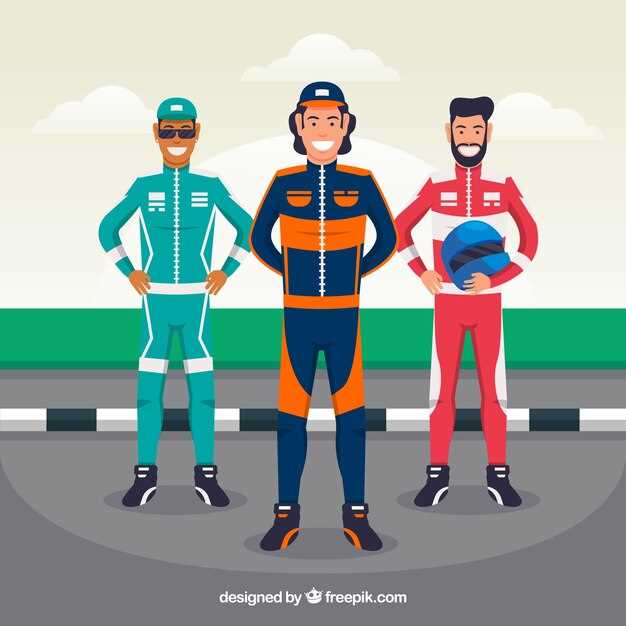
When it comes to motorsport, two prominent categories stand out: road racing and track racing. Each discipline offers its own unique challenges and appeals to different types of racers and fans alike. Understanding the distinctions between these two forms of racing is crucial for enthusiasts and participants who want to immerse themselves in the world of motorsports. Both types of racing take place during the day, but the environments and regulations can greatly affect the overall experience and competition.
In road racing, competitors navigate public roads or closed circuit routes that mimic real-world driving conditions. This type of racing tests a driver’s ability to adapt to diverse terrains, weather conditions, and unpredictable obstacles. On the other hand, track racing occurs on dedicated closed circuits designed specifically for racing, providing a controlled environment to maximize speed and performance. The differences in terrain and layout play a significant role in how racers strategize their performance, making each race an exhilarating yet distinct experience.
The rules and safety standards also differ significantly between road racing and track racing. While both prioritize the safety of the drivers, track racing often employs stricter regulations, given the controlled setting and potential for higher speeds. Additionally, the types of vehicles used in each race can vary, with road racing often featuring a broader range of car styles while track racing tends to favor purpose-built machines. These elements combine to create unique racing cultures that attract fans and competitors to each discipline.
Understanding the Vehicle Requirements for Road and Track Racing
When it comes to racing, whether on the road or the track, the vehicle specifications play a crucial role in performance and safety. Each type of racing has its own set of requirements tailored to the conditions and challenges that drivers face. Below are the key differences in vehicle requirements for road racing and track racing.
Road Racing Vehicle Requirements

Road racing often takes place on public roads, which means vehicles must comply with various regulations and safety standards. Key requirements include:
- Street Legal: Vehicles must be registered and meet local emissions and noise regulations.
- Tires: Tires should provide a balance between grip and durability, suitable for varying weather conditions.
- Suspension: A more forgiving suspension setup is needed to handle rough road surfaces while ensuring stability at high speeds.
- Braking System: High-performance brakes are necessary to effectively slow down from high speeds and navigate tight corners.
- Safety Features: Essential safety features include seat belts, airbags, and a roll cage to protect occupants during races.
Track Racing Vehicle Requirements

In contrast, track racing occurs on circuit tracks specifically designed for racing. This allows for different modifications and performance enhancements:
- Dedicated Racing Build: Vehicles are often stripped down to reduce weight and enhance performance, focusing primarily on speed and handling.
- High-Performance Tires: Tires must provide maximum grip and heat resistance, often designed specifically for racing conditions.
- Advanced Suspension Systems: Adjustable coilovers and stiffer setups improve cornering capability and overall control.
- Enhanced Safety Features: In addition to roll cages, track vehicles often include racing harnesses, fire suppression systems, and window nets.
- Engine Modifications: Many racers optimize engine performance through tuning, upgrades, or even forced induction systems.
Ultimately, choosing the right vehicle for either road or track racing can significantly impact a driver’s performance. Understanding the specific requirements for each type allows racers to prepare adequately for the challenges they will face on race day.
Analyzing the Training and Preparation Needed for Each Racing Style
Training for road racing and track racing requires distinct approaches due to the unique demands of each style. Road racing primarily takes place on varied terrain, necessitating endurance and adaptability. Athletes often spend long days on the road, building their stamina and honing their ability to navigate different weather conditions, surfaces, and elevations.
In contrast, track racing focuses on speed and precision within a controlled environment. Training sessions typically occur on a specific track, allowing racers to concentrate on their timing, technique, and acceleration. These sessions are crucial for fine-tuning skills such as cornering and sprinting, which are critical for success in track events.
Nutrition and recovery are vital components of preparation for both styles. Road racers usually require a higher caloric intake to support long-duration efforts, often integrating carbohydrates and hydration into their routines. Meanwhile, track racers may focus more on explosive energy management, timing their meals and supplements to ensure peak performance during intense sprints.
Finally, mental preparation plays an essential role in both racing formats. Road racers must bolster their mental toughness to handle long, solitary rides, while track racers benefit from strategies to maintain concentration during fast-paced events. Each style demands a tailored approach to training and preparation, reflecting the specific challenges faced by racers on the road versus the track.
Evaluating Safety Regulations and Event Structures in Road and Track Racing
Safety regulations in road racing and track racing are designed to protect participants and spectators alike. In road racing, events often take place on public roads, which require compliance with extensive regulations regarding traffic management, emergency services, and vehicle specifications. Races must typically incorporate measures such as course marshals, medical personnel on-site, and strict vehicle inspections to ensure compliance with safety standards.
In contrast, track racing events occur on closed circuits specifically designed for racing purposes. These tracks are constructed with safety in mind, featuring barriers, runoff areas, and designated escape routes to minimize risks during a race. Organized racing leagues impose specific regulations regarding driver safety equipment, including helmets, suits, and harnesses, which are integral to track racing.
The event structure in road racing can vary widely, as it often includes diverse terrains and conditions, from urban streets to rural highways. This variability can complicate safety regulations, necessitating adaptations for different environments. Additionally, road races may require permits from multiple governing bodies, further complicating the logistics of event organization.
On the other hand, track racing benefits from a more standardized event structure, allowing for more consistent regulations across different venues. Events are usually planned with a clear schedule, including qualifying rounds, heats, and finals, ensuring an organized competition flow. This level of consistency helps streamline the safety measures and enhances the overall racing experience for both participants and fans.
Ultimately, both road and track racing prioritize safety through their unique regulations and structures, addressing the distinct challenges and risks each format presents. By continually evaluating and updating these safety practices, the racing community aims to provide secure environments conducive to thrilling competition.
